Warning that extremism in the ranks is increasing, Pentagon officials are issuing detailed new rules prohibiting service members from actively engaging in extremist activities. The new guidelines come nearly a year after some current and former service members participated in the riot at the U.S. Capitol, triggering a broad department review.
Senior defense officials tell The Associated Press that fewer than 100 military members are known to have been involved in substantiated cases of extremist activity in the past year, but they warn that the number may grow given recent spikes in domestic violent extremism, particularly among veterans.
Officials said the new policy doesn’t largely change what is prohibited, but is more of an effort to make sure troops are clear on what they can and can’t do, while still protecting their First Amendment free speech rights. And for the first time, it is far more specific about social media.
The new policy lays out in detail the banned activities, which range from advocating terrorism or supporting the overthrow of the government to fundraising or rallying on behalf of an extremist group or “liking” or reposting extremist views on social media. The rules also specify that commanders must determine two things in order for someone to be held accountable: that the action was an extremist activity, as defined in the rules, and that the service member “actively participated” in that prohibited activity.
Previous policies banned extremist activities but didn’t go into such great detail, and also did not specify the two step process to determine someone accountable.
What was wrong yesterday is still wrong today, said one senior defense official. But several officials said that as a study group spoke with service members this year they found that many wanted clearer definitions of what was not allowed. The officials spoke about the new rules on condition of anonymity because they have not yet been made public.
The military has long been aware of small numbers of white supremacists and other extremists among the troops. But Defense Secretary Lloyd Austin and other leaders launched a broader campaign to root out extremism in the force after it became clear that military veterans and some current service members were present at the Jan. 6 insurrection.
The risk of extremism in the military can be more dangerous because many service members have access to classified information about sensitive military operations or other national security information that could help adversaries. And extremist groups routinely recruit former and current service members because of their familiarity with weapons and combat tactics.
Officials said that while the substantiated cases may be small, compared to the size of the military, which includes more than 2 million active duty and reserve troops. The number appears to be an increase over previous years where the totals were in the low two-digits. But they also noted that data has not been consistent so it is difficult to identify trends.
The new rules do not provide a list of extremist organizations. Instead, it is up to commanders to determine if a service member is actively conducting extremist activities based on the definitions, rather than on a list of groups that may be constantly changing, officials said.
The regulations lay out six broad groups of extremist activities, and then provide 14 different definitions that constitute active participation.
Soon after taking office, Austin ordered military leaders to schedule a so-called “stand-down” day and spend time talking to their troops about extremism in the ranks.
The new rules apply to all of the military services, including the Coast Guard, which in peacetime is part of the Department of Homeland Security. They were developed through recommendations from the Countering Extremist Activities Working Group. And they make the distinction, for example, that troops may possess extremist materials, but they can’t attempt to distribute them, and while they can observe an extremist rally, they can’t participate, fund or support one.
The rules, said the officials, focus on behavior not ideology. So service members have whatever political, religious or other beliefs that they want, but their actions and behavior are governed.
In addition to the new rules, the Pentagon is expanding its screening for recruits to include a deeper look at potential extremist activities. Some activities may not totally prevent someone from joining the military, but require a closer look at the applicant.
The department also is expanding education and training for current military members, and more specifically for those leaving the service who may be suddenly subject to recruitment by extremist organizations.
More than 650 people have been charged in the Jan. 6 insurrection at the Capitol, including dozens of veterans and about a half dozen active duty service members. Among them — an Army reservist who wore a Hitler mustache to his job at a Navy base.
Some of the rioters facing the most serious charges, including members of far-right extremist groups, have military backgrounds. In several of the prosecution cases already, the Justice Department has cited a rioter’s military service as a factor weighing in favor of a jail sentence or house arrest. Prosecutors have repeatedly maintained that veterans’ service, while commendable, made their actions on Jan. 6 more egregious.
(AP)



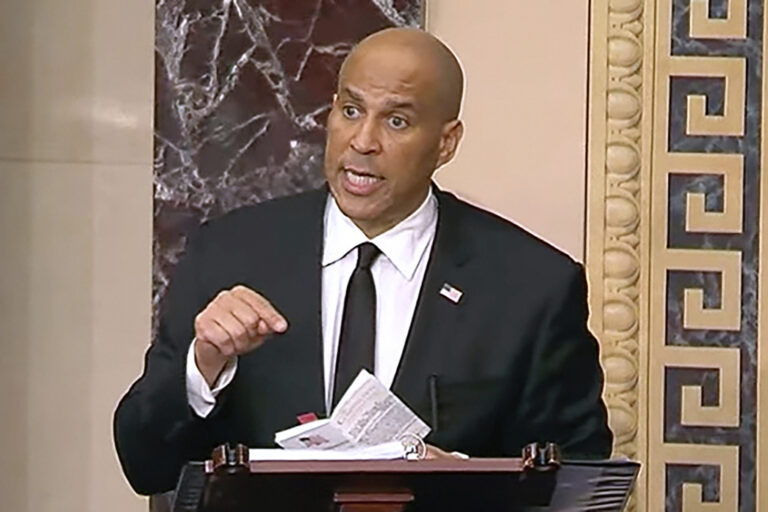
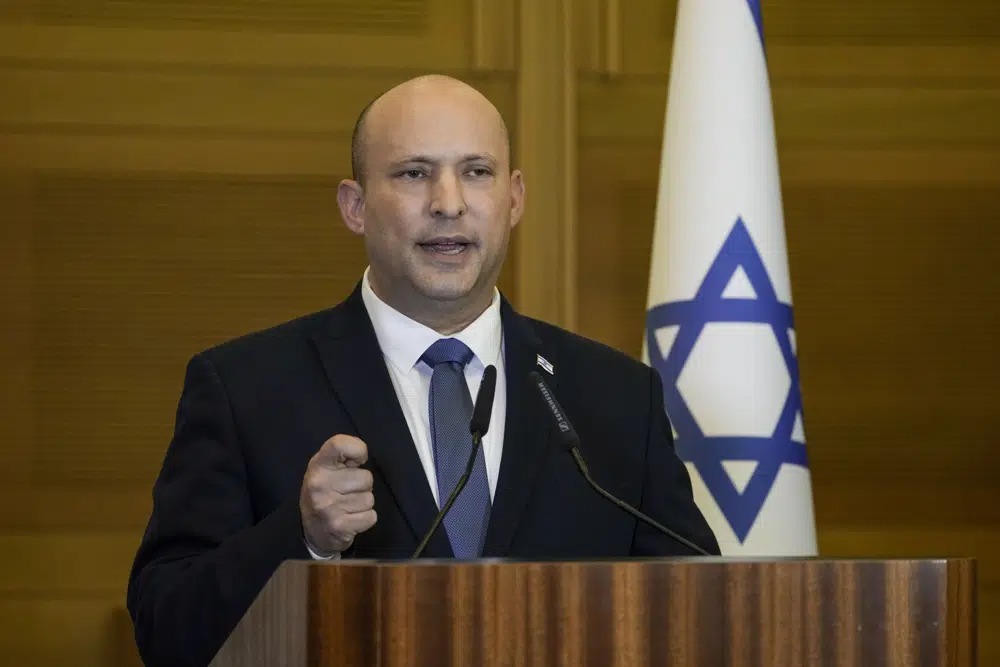
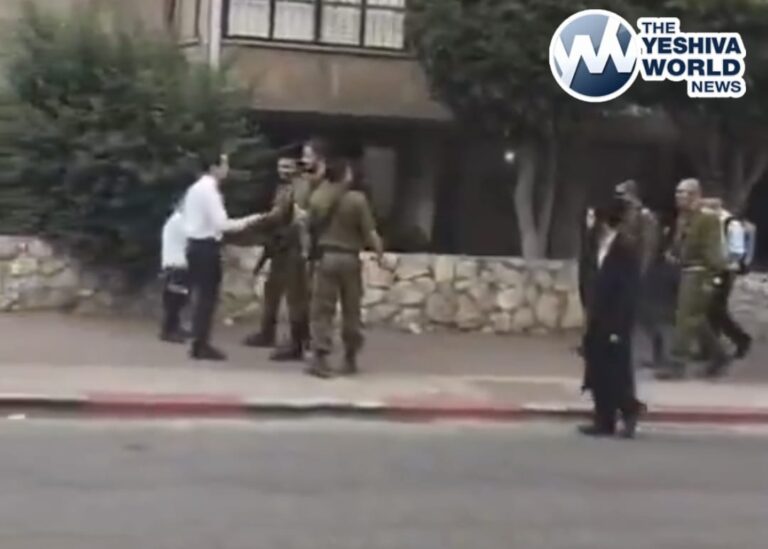
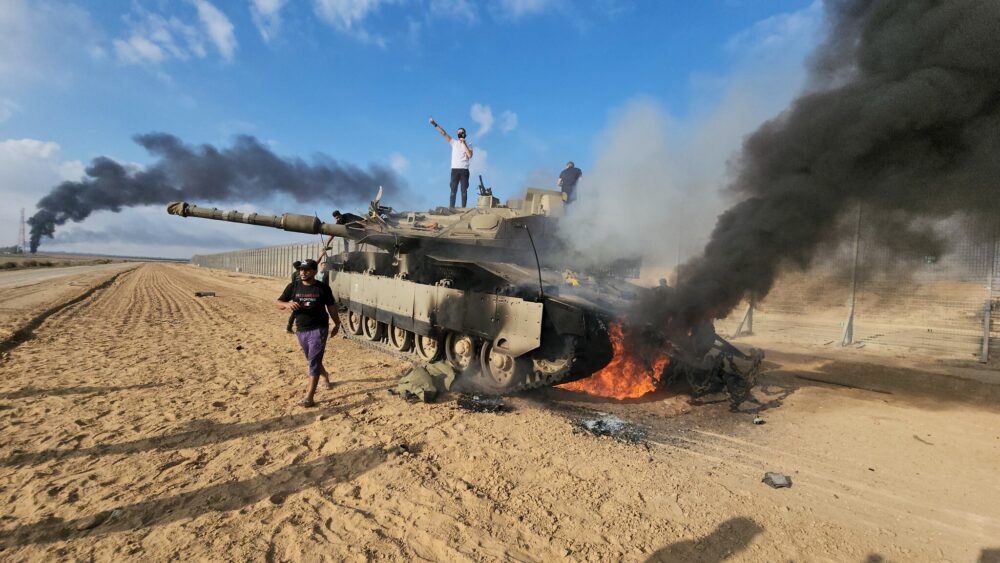

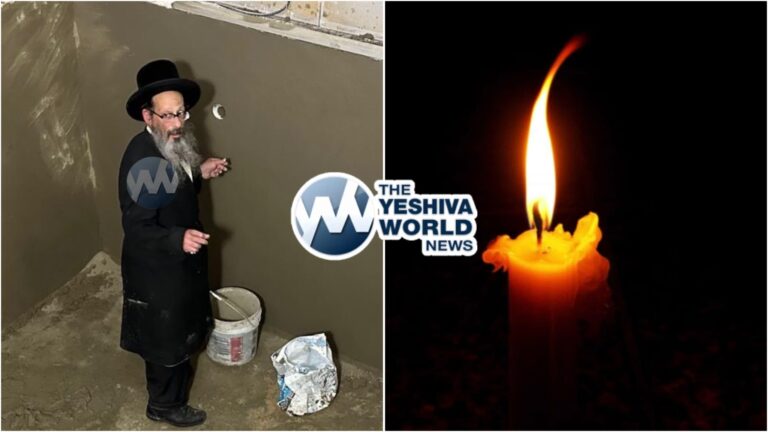
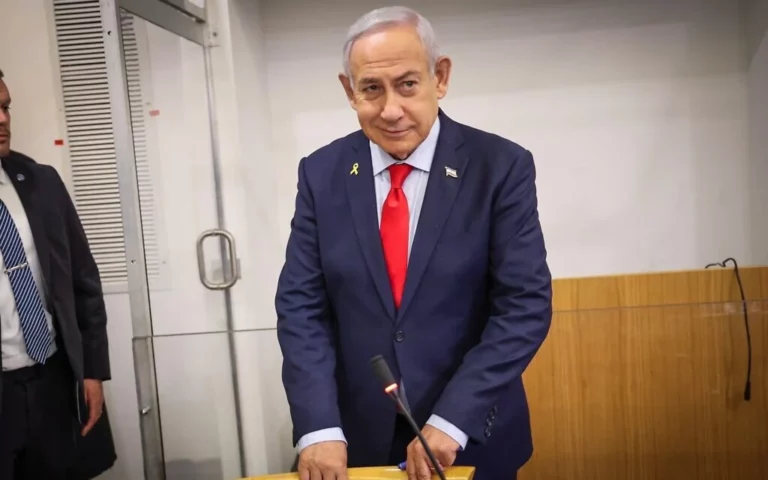
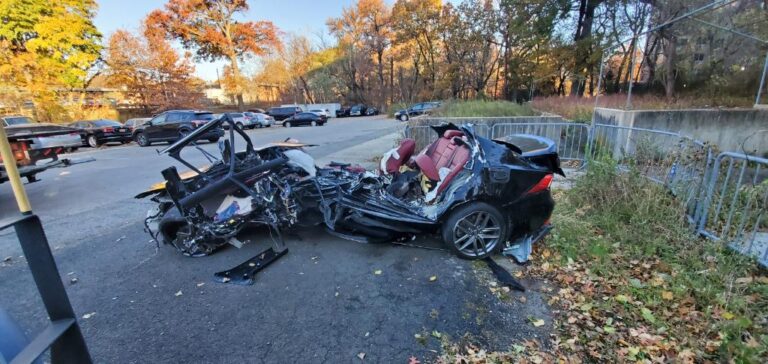
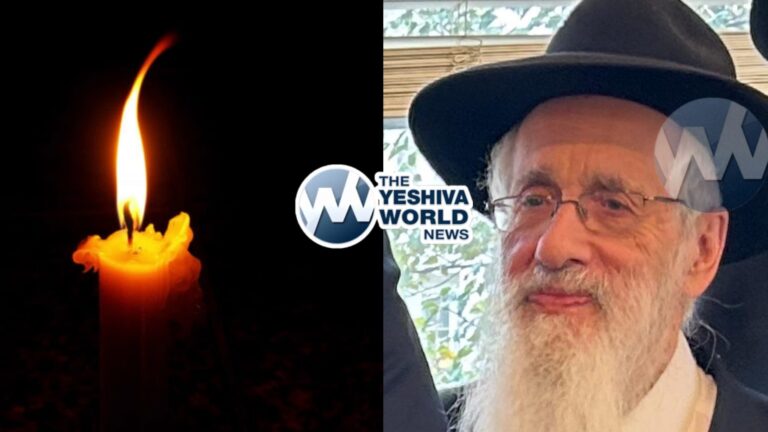
One Response
And by “extremist” they mean normal decent patriotic people, not BLM/Antifa, which is not only ideologically extreme, but is an actual explicit rebellion against the USA.